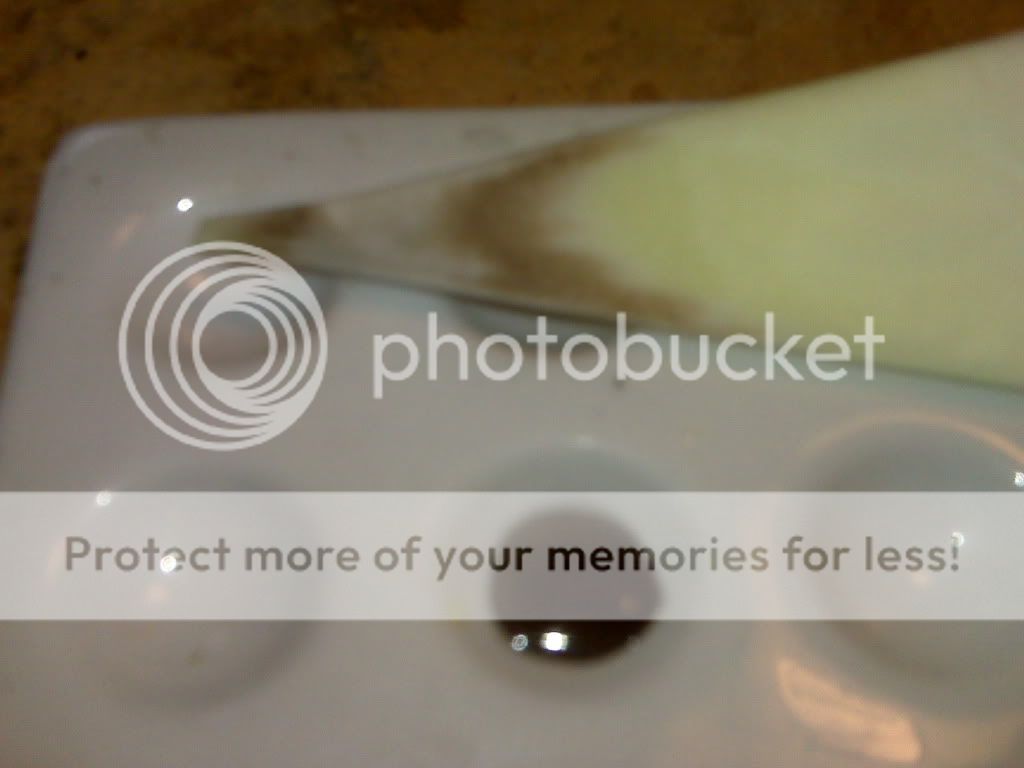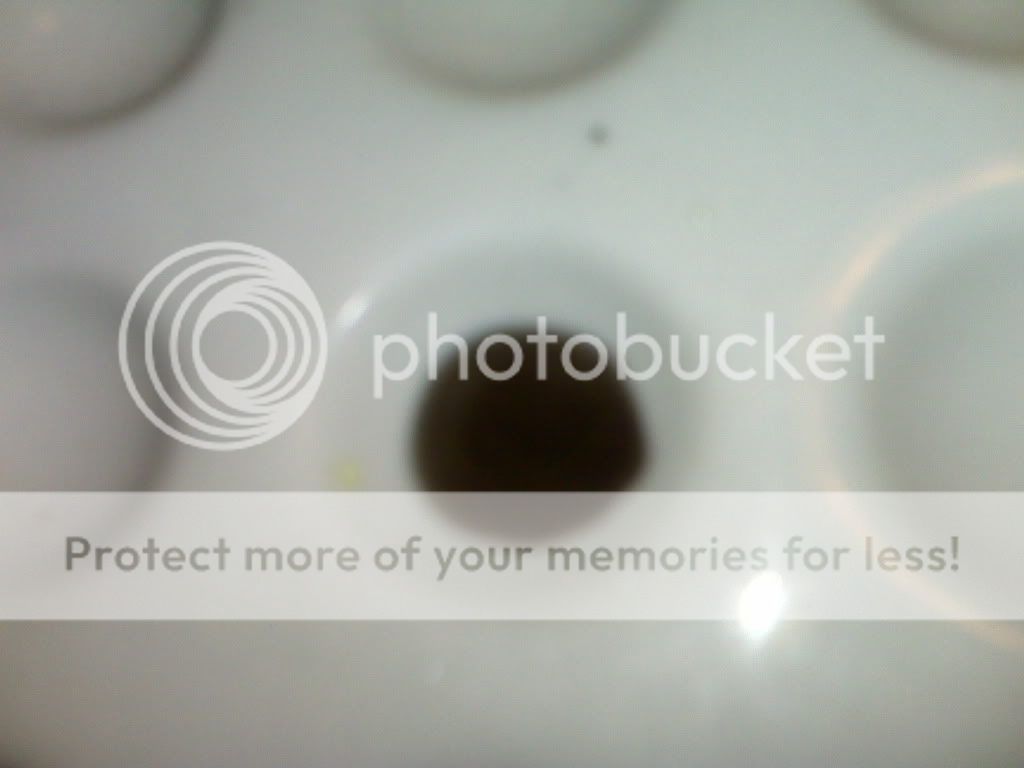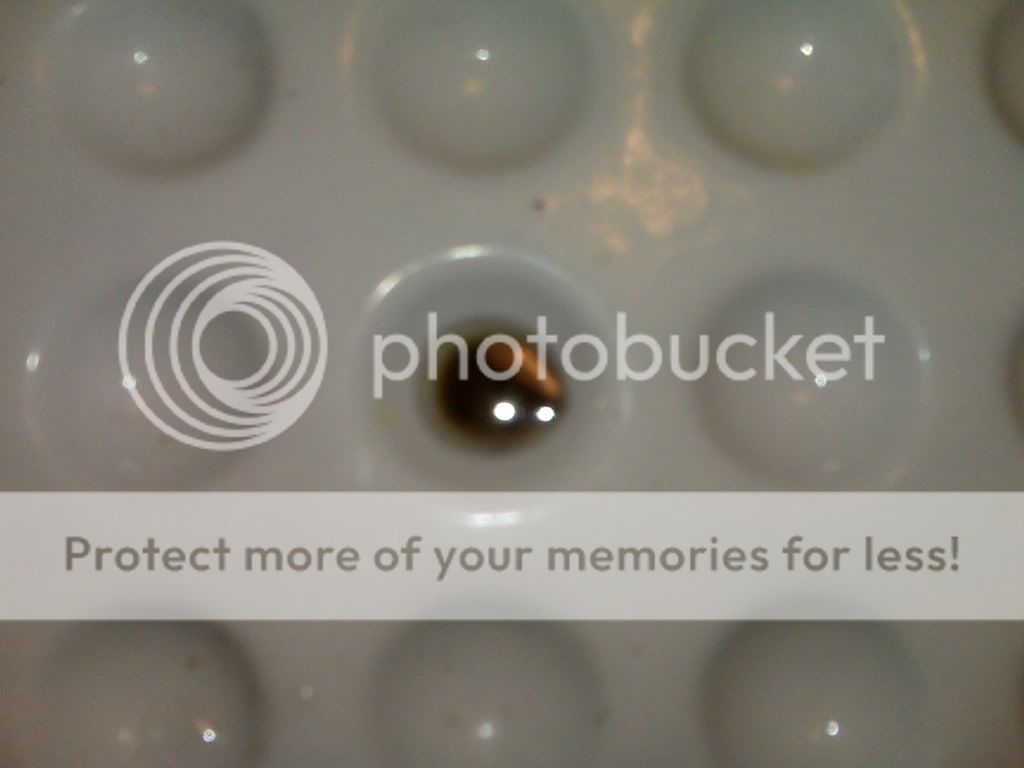I am trying to drop some gold from some tophat transistors dissolved in poor mans nitric. Added some prills of urea to kill nitric and minimal reaction. Only a few prills needed.
Added smb last night, some gold precipitated overnight but not as much as expected. Solution did not change colour, still green. Tested with Stannous and this is the result. I do not know what it means. With the addition of Stannous, the colour change is almost instant. What metal am I looking at? I will answer any questions you may have. Thanks.
Photos shot under fluorescent light with flash. Same solution on filter and spot plate.



Added smb last night, some gold precipitated overnight but not as much as expected. Solution did not change colour, still green. Tested with Stannous and this is the result. I do not know what it means. With the addition of Stannous, the colour change is almost instant. What metal am I looking at? I will answer any questions you may have. Thanks.
Photos shot under fluorescent light with flash. Same solution on filter and spot plate.







